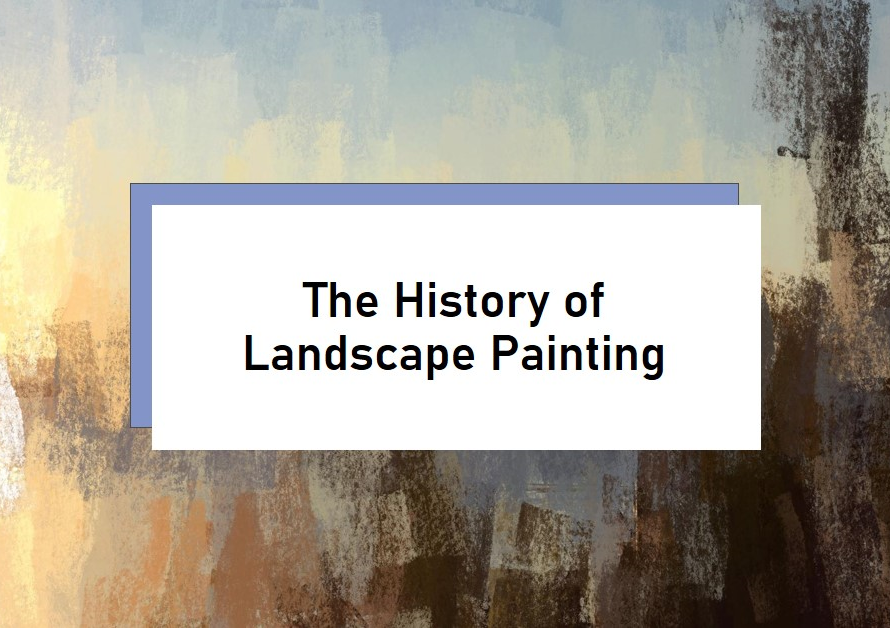
Table of Contents
- Introduction:
- Unveiling the Basics: What is Extrusion?
- The Historical Evolution of Extrusion Techniques
- Types of Extrusion: From Simple to Complex
- The Role of Extrusion in Modern 3D Modelling
- Tools of the Trade: Software and Applications
- Troubleshooting Common Extrusion Issues
- Advanced Extrusion Techniques: Pushing Boundaries
- Real-World Applications: Extrusion in Industry
- Future Trends: The Evolution of Extrusion
- Conclusion: Mastering Extrusion in 3D Modelling
Introduction:
3D modelling is an ever-evolving field that demands precision, creativity, and a deep understanding of various techniques. Among these, extrusion stands out as a fundamental process. This blog post delves into the intricacies of extrusion in 3D modelling, providing you with the essential knowledge needed to master this technique.
Unveiling the Basics: What is Extrusion?
Extrusion is a pivotal process in 3D modelling, allowing the transformation of 2D shapes into 3D objects. Essentially, it involves extending a surface or profile along a specified path to create a three-dimensional form. This method is widely used in various industries, including architecture, automotive design, and product manufacturing.
Understanding the basic principle of extrusion is crucial for any 3D modeller. By manipulating the direction, length, and path of the extrusion, one can create complex structures and intricate details that are otherwise challenging to achieve. Mastery of this technique opens the door to endless creative possibilities.
The Historical Evolution of Extrusion Techniques
Extrusion has a rich history that dates back to the early days of manufacturing. Initially, it was a method used primarily in metalworking to create uniform profiles and shapes. Over time, with the advent of computer-aided design (CAD) and 3D modelling software, extrusion techniques have significantly evolved.
In the digital realm, extrusion has become more sophisticated and versatile. Modern 3D modelling software offers a plethora of tools and options to refine and control the extrusion process. Understanding the historical context of extrusion provides valuable insights into its development and current applications.
Types of Extrusion: From Simple to Complex
Extrusion in 3D modelling can be categorized into several types, each serving different purposes and applications. The most common types include linear extrusion, path extrusion, and taper extrusion.
Linear extrusion, the simplest form, involves extending a shape along a straight path. Path extrusion, on the other hand, allows for more flexibility by extruding a shape along a defined curve or path. Taper extrusion introduces a variation in the profile’s width along the extrusion path, adding another layer of complexity to the design.
Each type of extrusion has its unique advantages and challenges. Understanding these differences is essential for selecting the appropriate method for your specific project.
The Role of Extrusion in Modern 3D Modelling
In contemporary 3D modelling, extrusion is indispensable. It is widely used in creating architectural models, automotive parts, and consumer products. Its ability to turn simple 2D sketches into detailed 3D objects makes it a powerful tool for designers and engineers alike.
Moreover, extrusion is not limited to creating solid objects. It is also used in generating hollow structures, intricate patterns, and surface details. This versatility makes extrusion a go-to technique for both basic and advanced 3D modelling tasks.
Tools of the Trade: Software and Applications
Various 3D modelling software packages offer robust extrusion tools. Popular choices include Autodesk Maya, Blender, and SolidWorks. Each software has its unique set of features and capabilities, catering to different aspects of extrusion.
For instance, Blender provides an intuitive interface with powerful extrusion tools that allow for real-time adjustments and fine-tuning. Autodesk Maya offers advanced options for animation and dynamic modelling, making it ideal for complex projects. SolidWorks, widely used in engineering and manufacturing, excels in precision and detailed design.
Familiarizing yourself with these tools and their extrusion capabilities is essential for achieving professional-quality results in your 3D models.
Troubleshooting Common Extrusion Issues
Even experienced modellers can encounter issues during the extrusion process. Common problems include non-uniform extrusion, unexpected distortions, and alignment errors. Identifying and troubleshooting these issues promptly is crucial for maintaining the integrity of your design.
One effective troubleshooting approach is to carefully review the initial 2D profile and ensure it is properly aligned and scaled. Additionally, adjusting the extrusion settings and parameters can often resolve issues related to distortion and non-uniformity. Regularly saving your work and using incremental changes can also help mitigate potential problems.


Advanced Extrusion Techniques: Pushing Boundaries
For those looking to push the boundaries of 3D modelling, advanced extrusion techniques offer exciting possibilities. Techniques such as multiple extrusion paths, nested extrusion, and variable extrusion profiles allow for the creation of highly complex and detailed models.
Multiple extrusion paths enable the creation of intricate designs by extruding shapes along intersecting paths. Nested extrusion involves extruding shapes within shapes, adding depth and complexity. Variable extrusion profiles allow for dynamic changes in the extrusion width, creating unique and visually appealing effects.
Mastering these advanced techniques requires practice and experimentation but can significantly enhance the quality and creativity of your 3D models.
Real-World Applications: Extrusion in Industry
The practical applications of extrusion in various industries are vast and diverse. In architecture, extrusion is used to create detailed building facades, structural elements, and decorative features. In automotive design, it helps in the development of aerodynamic components and complex interior parts.
In the consumer products sector, extrusion is employed to design everything from household items to electronic devices. Its ability to produce both functional and aesthetically pleasing objects makes it invaluable across multiple fields. Understanding these real-world applications provides context and inspiration for your 3D modelling projects.
Future Trends: The Evolution of Extrusion
As technology continues to advance, so too does the field of 3D modelling and extrusion. Emerging trends such as generative design, AI-driven modelling, and enhanced material capabilities are set to revolutionize the way extrusion is used.
Generative design leverages algorithms to create optimized structures and shapes, often utilizing extrusion as a core technique. AI-driven modelling tools promise to automate and enhance the extrusion process, making it more efficient and accessible. Additionally, advancements in materials science are expanding the possibilities for extrusion, allowing for the creation of stronger, lighter, and more versatile objects.
Staying informed about these trends and incorporating them into your practice will ensure that you remain at the forefront of the 3D modelling industry.
Conclusion: Mastering Extrusion in 3D Modelling
Extrusion is a fundamental and versatile technique in 3D modelling, essential for transforming 2D designs into intricate 3D objects. By understanding its history, types, and applications, and mastering both basic and advanced techniques, you can unlock new creative potentials and enhance the quality of your work.
As you continue to explore and experiment with extrusion, keep abreast of emerging trends and technologies that will shape the future of 3D modelling. With dedication and practice, you can become proficient in extrusion, making it a cornerstone of your 3D modelling skill set.



